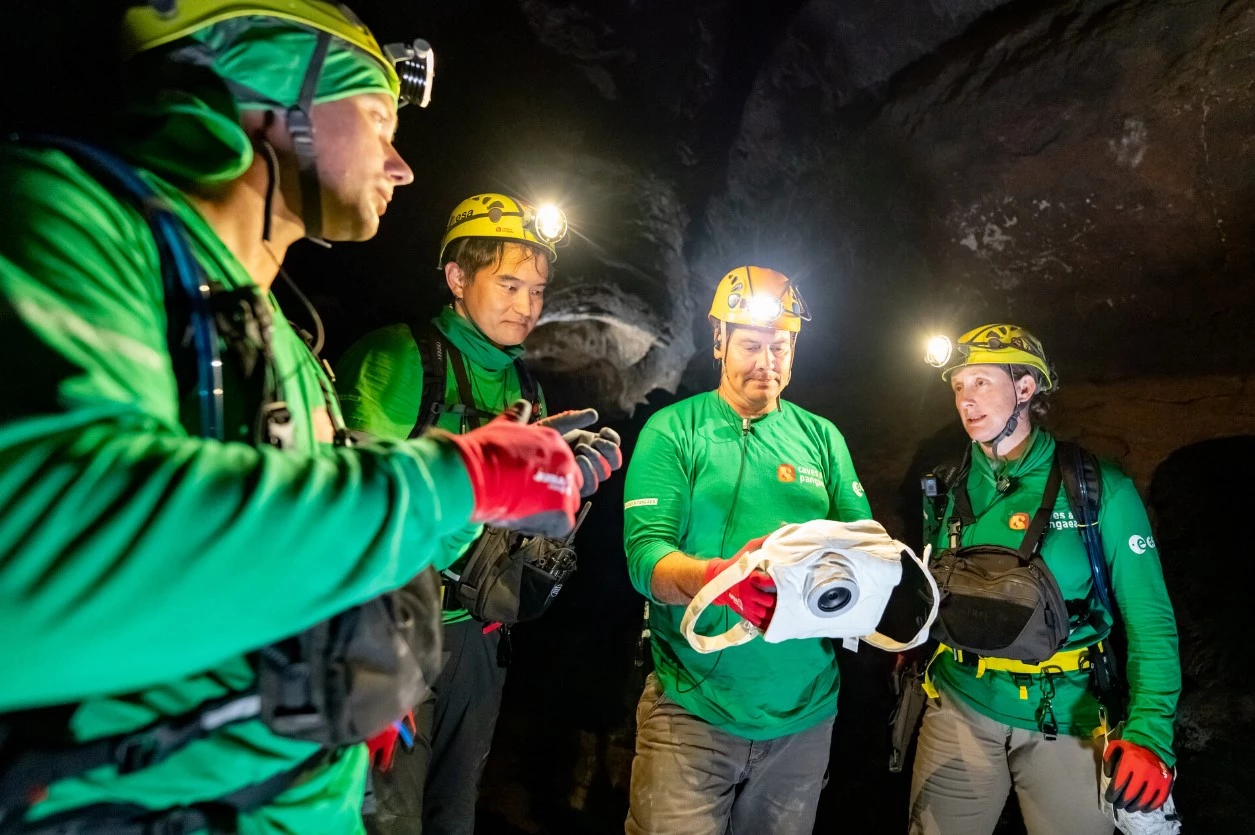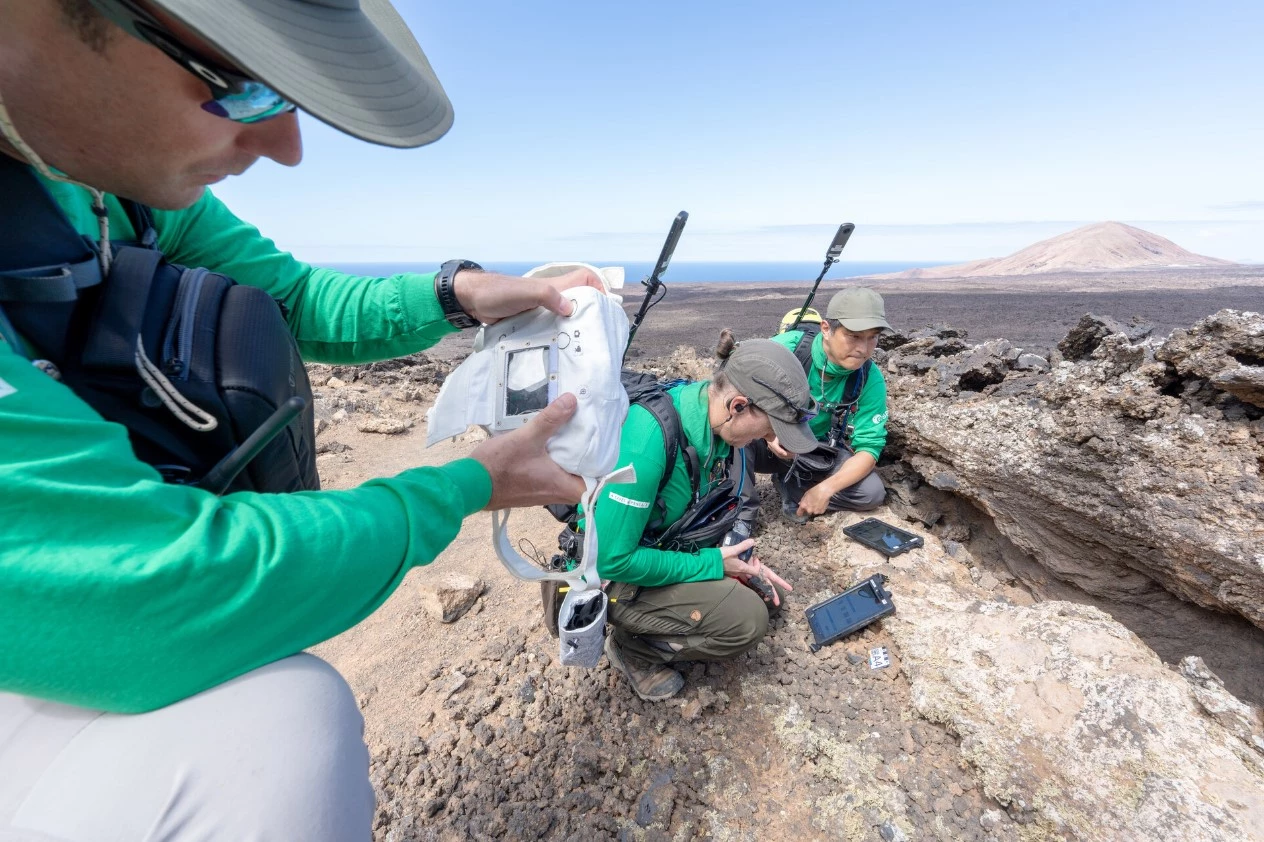In anticipation of a photographic bonanza, NASA and ESA are testing the new Handheld Universal Lunar Camera (HULC), which will be carried by future astronauts to record their adventures in images and video when they return to the Moon in a few years.
Humans are visual creatures, so it isn't surprising that the most exciting part of events like the Apollo Moon landings were the dramatic photographs they returned. Almost instantly, they jumped from the record of a lunar expedition to a part of humanity's culture and folklore.
Surprisingly, the cameras that took these historic holiday snaps weren't some exotic pieces of high-tech gear. They were just a standard Hasselblad camera with a Harrison Schmidt 60-mm lens that had been decked out with some thermal insulation and a couple of modifications that allowed it to be operated by someone in a space suit.

That so many of the 1,407 photos came out so well is amazing when you consider that the NASA astronauts were shooting blind. The camera was mounted on the Mission Commander's chest, so he couldn't see through the viewfinder. The best he could do is line up the shot as best he could, snap the shutter, and hope.
Over half a century later, the HULC for the Artemis program reflects the remarkable leaps in camera technology that have taken place, yet, according to ESA, it is still essentially off-the-shelf commercial technology with a few modifications. ESA hasn't officially announced what specific off-the-shelf technology that is, but the observant folks over at Digital Camera World have pegged it as the Nikon Z9.
There are a number of obvious advantages of the HULC over the old Hasselblad. It's lighter, more compact, and can be held easily in spacesuit gloves. Like most digital cameras, it can record a staggering number of high-resolution images and video. It'll also be the first mirrorless handheld space camera, which means it can take high-quality images in low light. Given the extremes of light and dark on the Moon's surface, this is a very useful feature.

Equipped with state-of-the-art lenses, the HULC has been given ergonomic buttons that can be operated with thick gloves, a screen suitable for viewing through a helmet faceplate, as well as thermal and dust protection.
As part of the camera's development, ESA included it in the agency's PANGAEA training program, which trains future astronauts and field tests new equipment under simulated lunar conditions in Lanzarote, Spain. The experience will be used to tweak the design to make it suitable not only for general recording, but specific tasks like geological surveys.
"We will continue modifying the camera as we move towards the Artemis III lunar landing," said Jeremy Myers, NASA’s lead for the HULC camera. "I am positive that we will end up with the best product – a camera that will capture Moon pictures for humankind, used by crews from many countries and for many years to come."
Source: ESA









